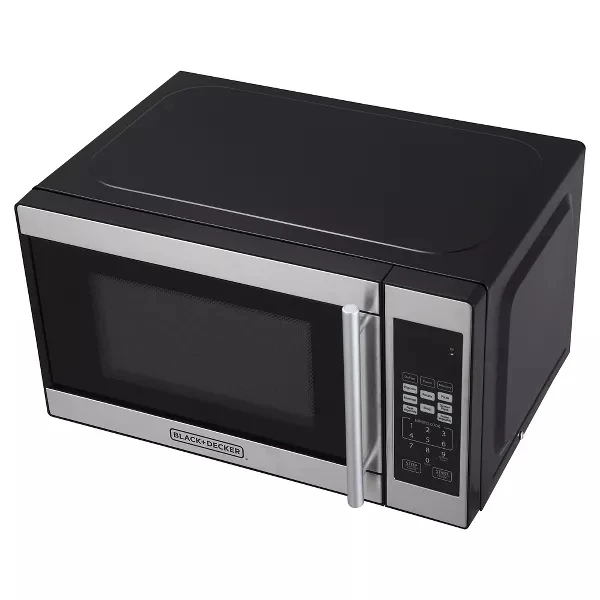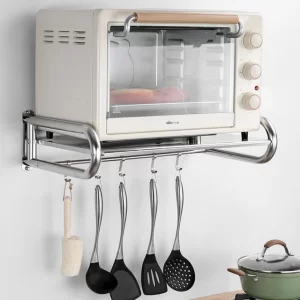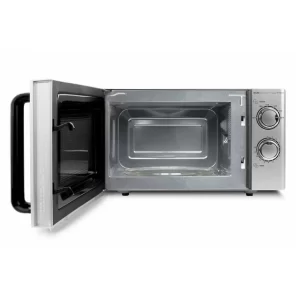How to safely scrap a microwave?
Introduction:
When a microwave reaches the end of its useful life or becomes irreparable, it is important to dispose of it safely and responsibly. Microwaves contain electronic components, wiring, and potentially hazardous substances that require special handling. Proper disposal not only prevents environmental harm but also ensures the safety of individuals involved in the process. In this article, we will explore the steps to safely scrap a microwave, including preparation, disassembly, recycling options, and environmentally-friendly disposal methods.

How to safely scrap a microwave?
Safety Precautions:
Before starting the process, ensure you have the necessary personal protective equipment (PPE) such as gloves and safety goggles.
Unplug the microwave from the power source and allow it to cool down before handling.
Check Local Regulations:
Research and understand the local regulations and guidelines regarding the disposal of electronic waste, including microwaves.
Check if there are any specific requirements or facilities designated for recycling or disposing of microwaves.
Preparation for Disposal:
Clean the microwave thoroughly, removing any food residues or debris.
Remove any detachable parts, such as glass trays, and clean them separately.
Remove any personal information, such as stickers or labels, that may be attached to the microwave.
Disassembly:
Disassembling the microwave can help separate different components for recycling or proper disposal.
Start by removing the outer casing or cover, following the manufacturer’s instructions or guides available online.
Use appropriate tools, such as screwdrivers, to safely remove screws or fasteners holding the casing in place.
Take care not to damage any internal components or wiring during the disassembly process.
Component Separation:
Once the microwave is disassembled, separate the different components for recycling or disposal.
Remove the wiring and electronic components, such as circuit boards, and set them aside for recycling.
Separate the metal components, such as the microwave’s frame or casing, for recycling as well.
Glass parts, such as the door or tray, should be handled separately and may be recycled depending on local recycling facilities.
Hazardous Materials:
Microwaves may contain hazardous substances, such as capacitors or transformers that contain oil or other chemicals.
Contact a local electronic waste recycling facility to inquire about proper disposal methods for these hazardous materials.
They can provide guidance on safe handling and disposal options for these components.
Recycling Options:
Look for electronic waste recycling facilities or drop-off locations in your area.
These facilities are equipped to handle the disassembled components of microwaves and ensure proper recycling.
Some recycling facilities specialize in electronic waste and may have specific drop-off points for microwaves.
Manufacturer Take-Back Programs:
Check if the microwave manufacturer has a take-back program or recycling initiative.
Some manufacturers offer recycling services for their products, either through mail-in programs or designated drop-off locations.
Local Waste Management Services:
Inquire with your local waste management services about their policies on electronic waste disposal.
Some municipalities have designated electronic waste collection days or provide specific instructions for electronic waste disposal.
Donating or Selling for Repair:
If the microwave is still functional or repairable, consider donating it to a local charity or selling it to someone who can repair and use it.
This option promotes reuse and extends the lifespan of the appliance, minimizing waste.
Environmentally-Friendly Disposal:
If recycling options are not readily available in your area, contact waste management services to inquire about environmentally-friendly disposal methods.
They may be able to provide guidance on proper disposal techniques that align with environmental regulations.
Illegal Dumping and Landfill:
Avoid illegal dumping or disposing of the microwave in regular household waste or landfill.
Microwaves contain hazardous substances and electronic components that can harm the environment if not disposed of properly.
Conclusion:
Safely scrapping a microwave involves several steps to ensure proper disposal and responsible handling of electronic waste. By following safety precautions, checking local regulations, and preparing the microwave for disposal, you can initiate the process. Disassembling the microwave, separating components for recycling, and properly disposing of hazardous materials are crucial steps in the safe disposal process. Recycling options, manufacturer take-back programs, and local waste management services are resources that can help with the environmentally-friendly disposal of microwaves. Consider donating or selling the microwave if it is still functional or repairable to promote reuse and reduce waste. Remember to avoid illegal dumping or landfilling, as microwaves contain hazardous substances that can harm the environment. By scrapping a microwave safely and responsibly, you contribute to environmental sustainability and ensure the well-being of both individuals and the ecosystem.

